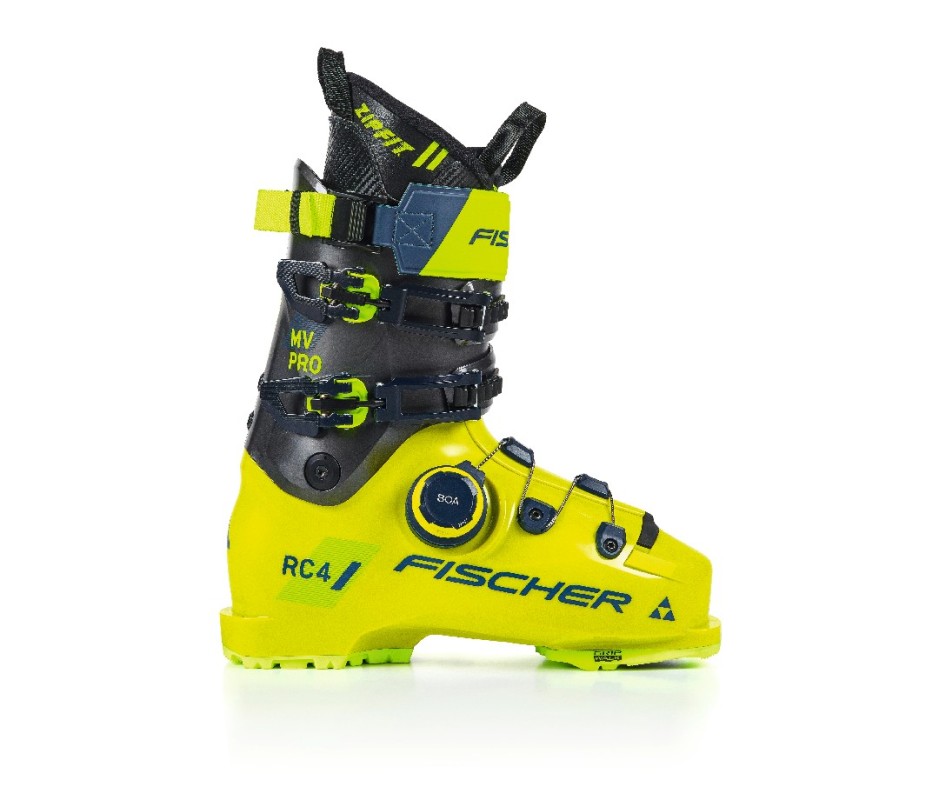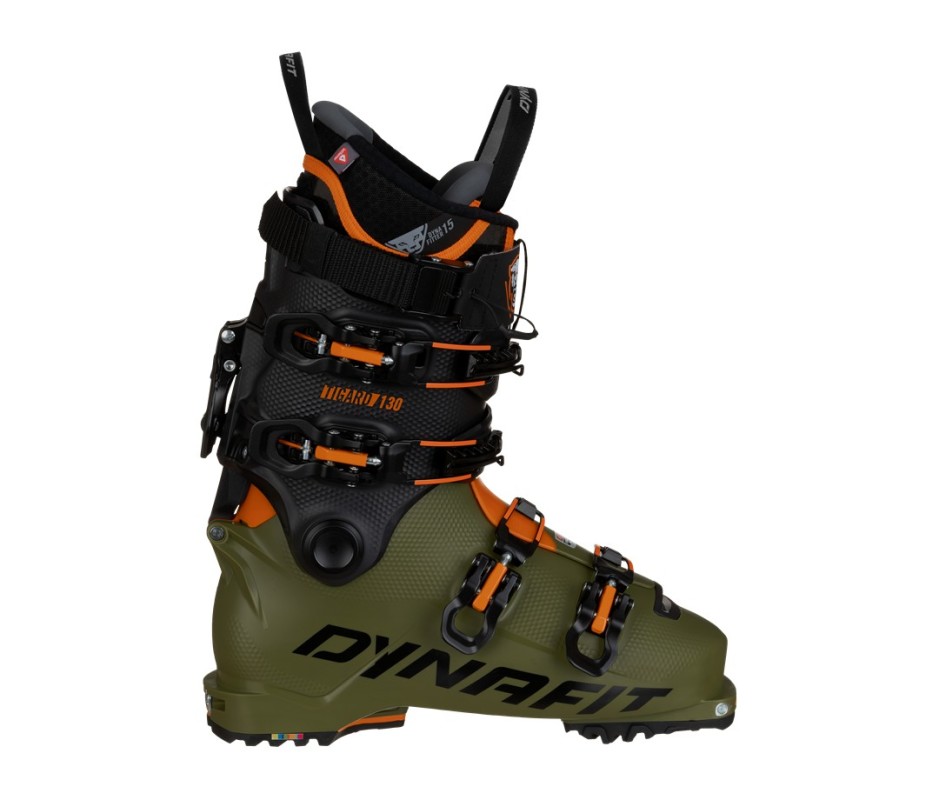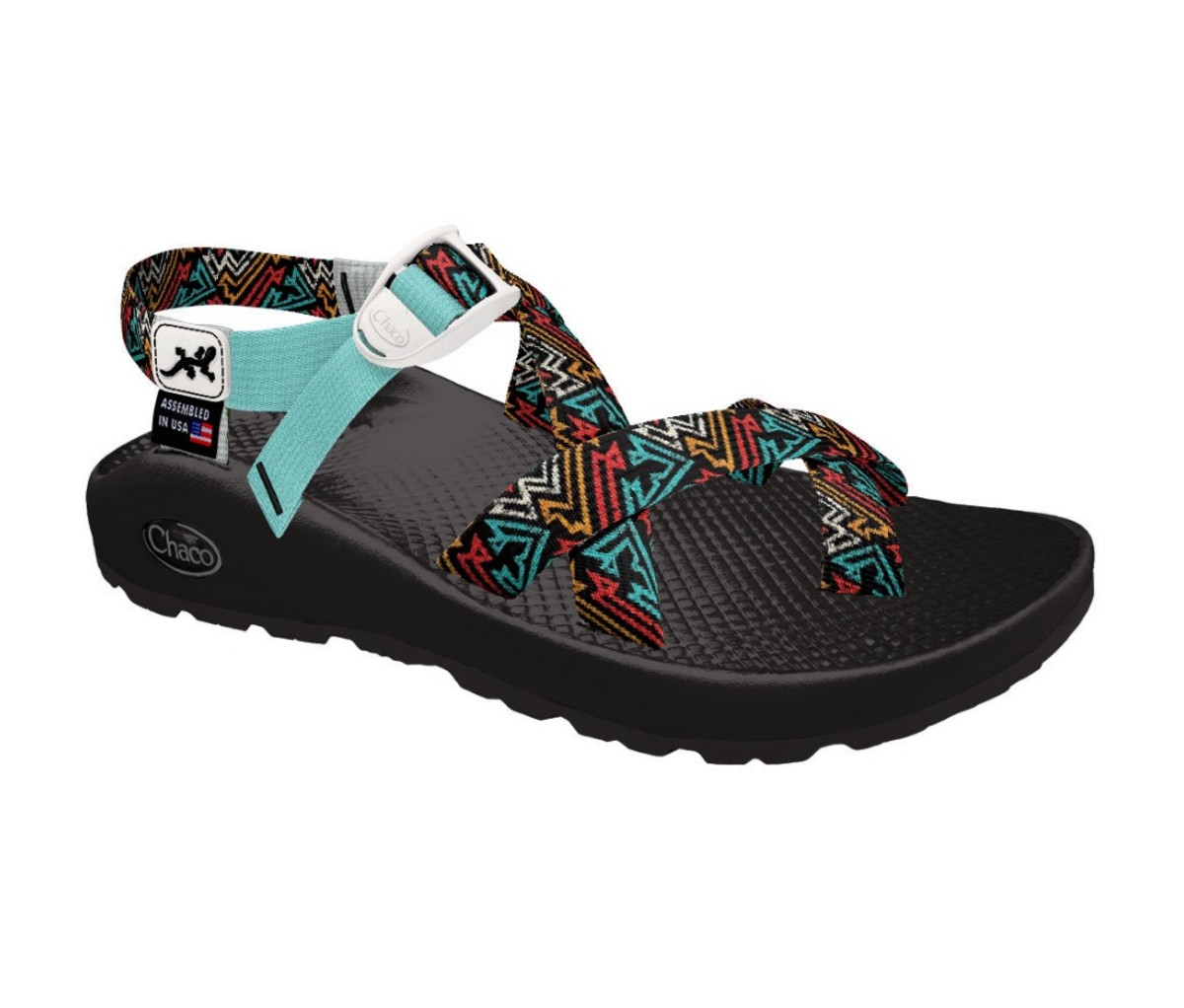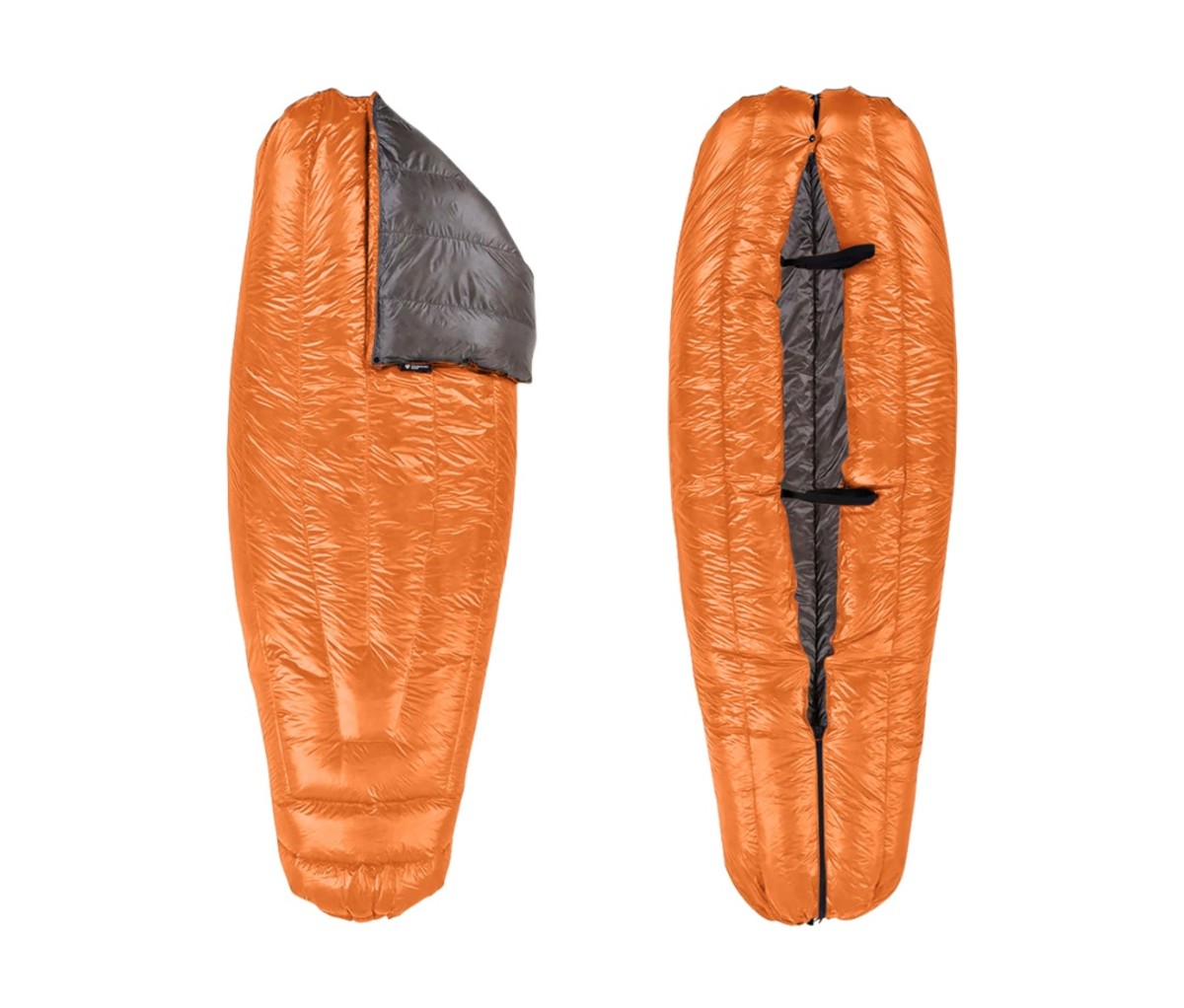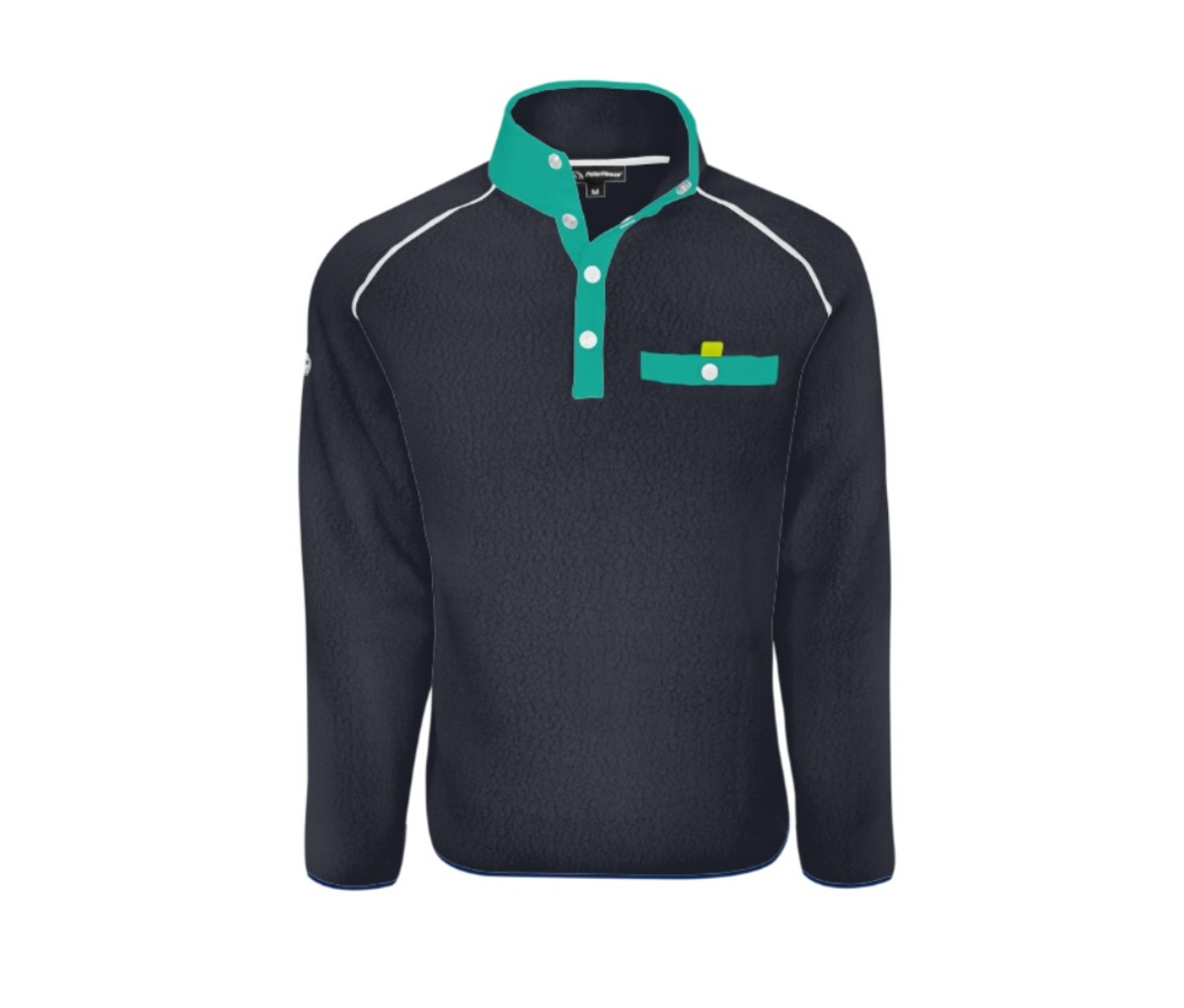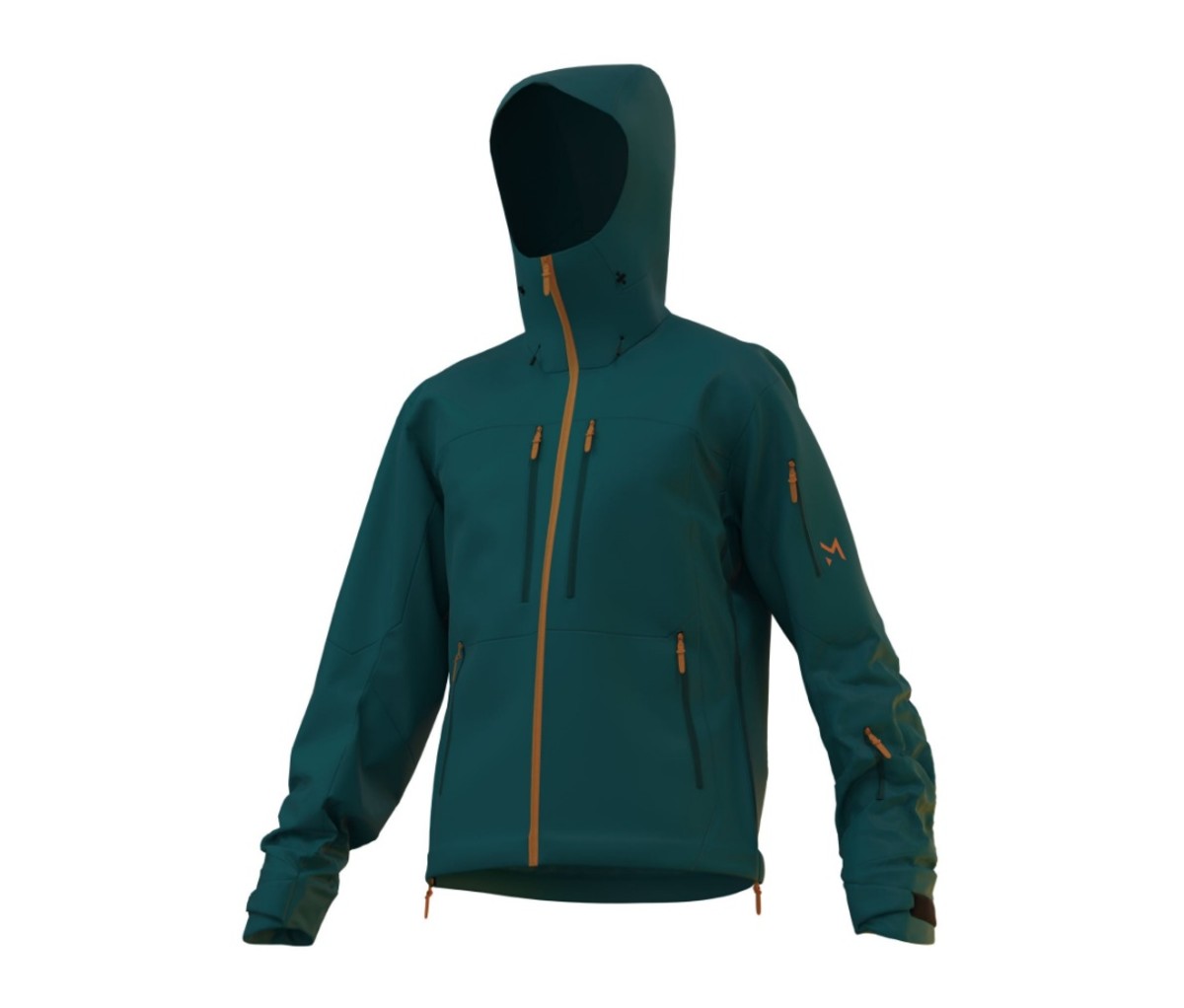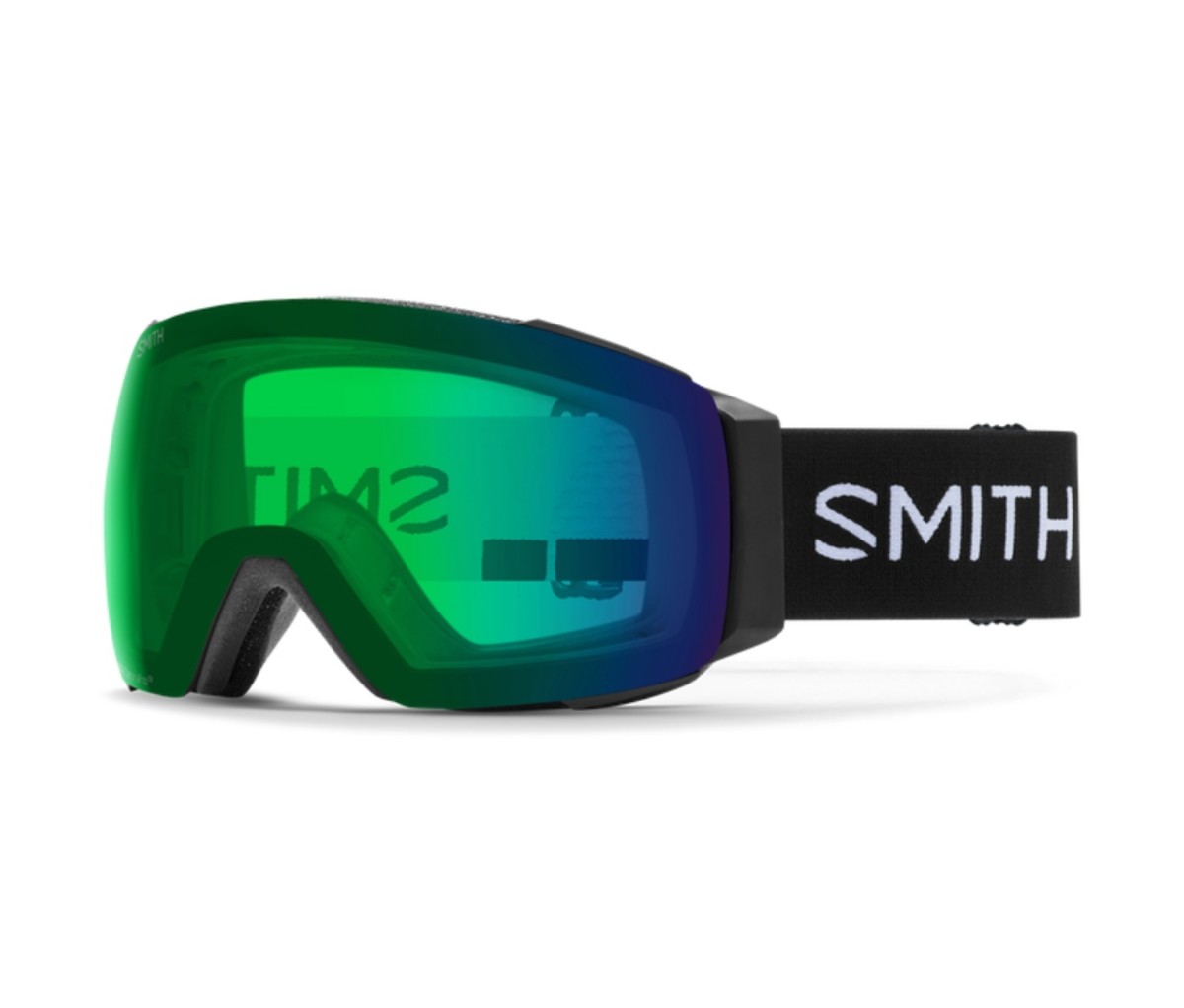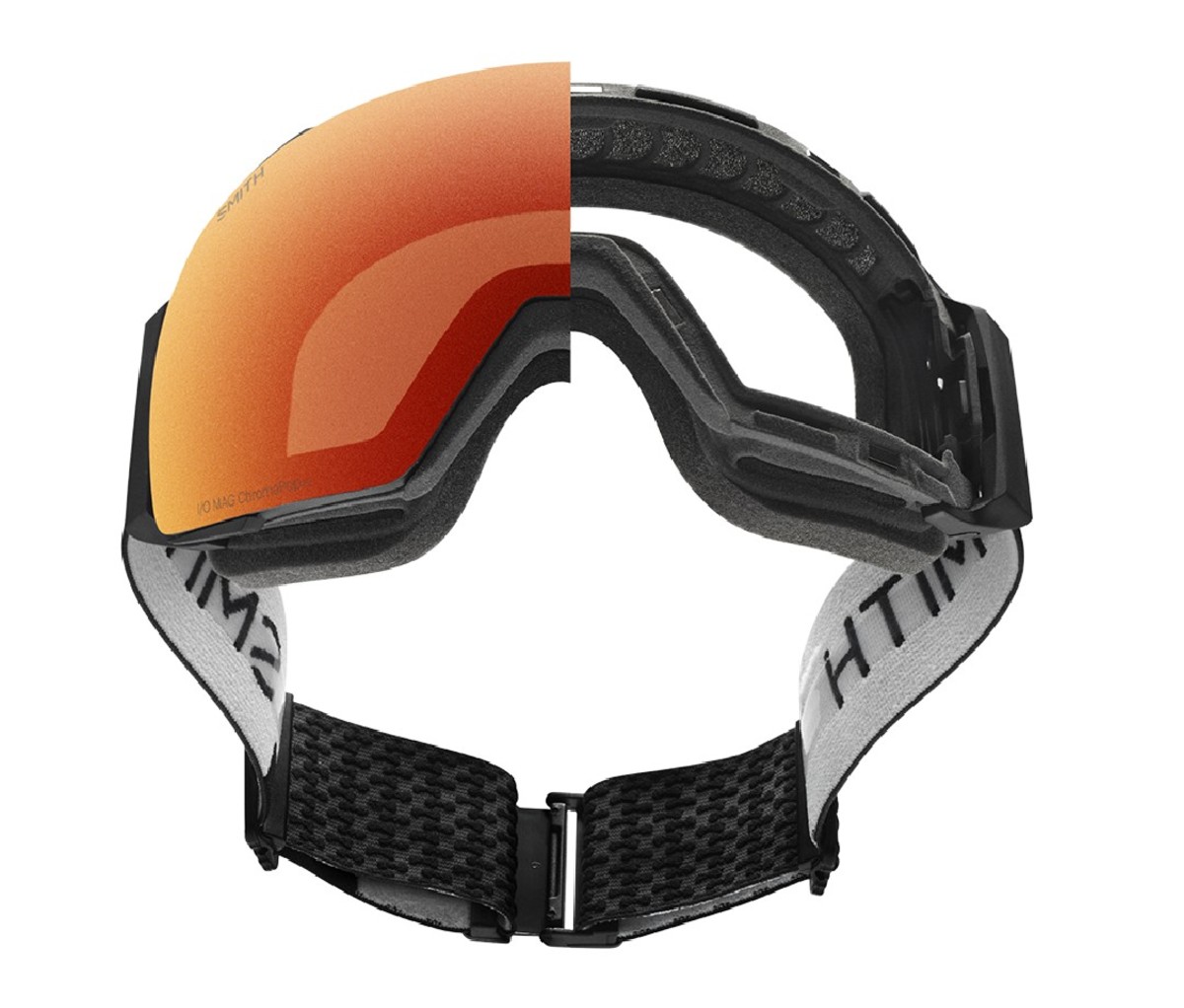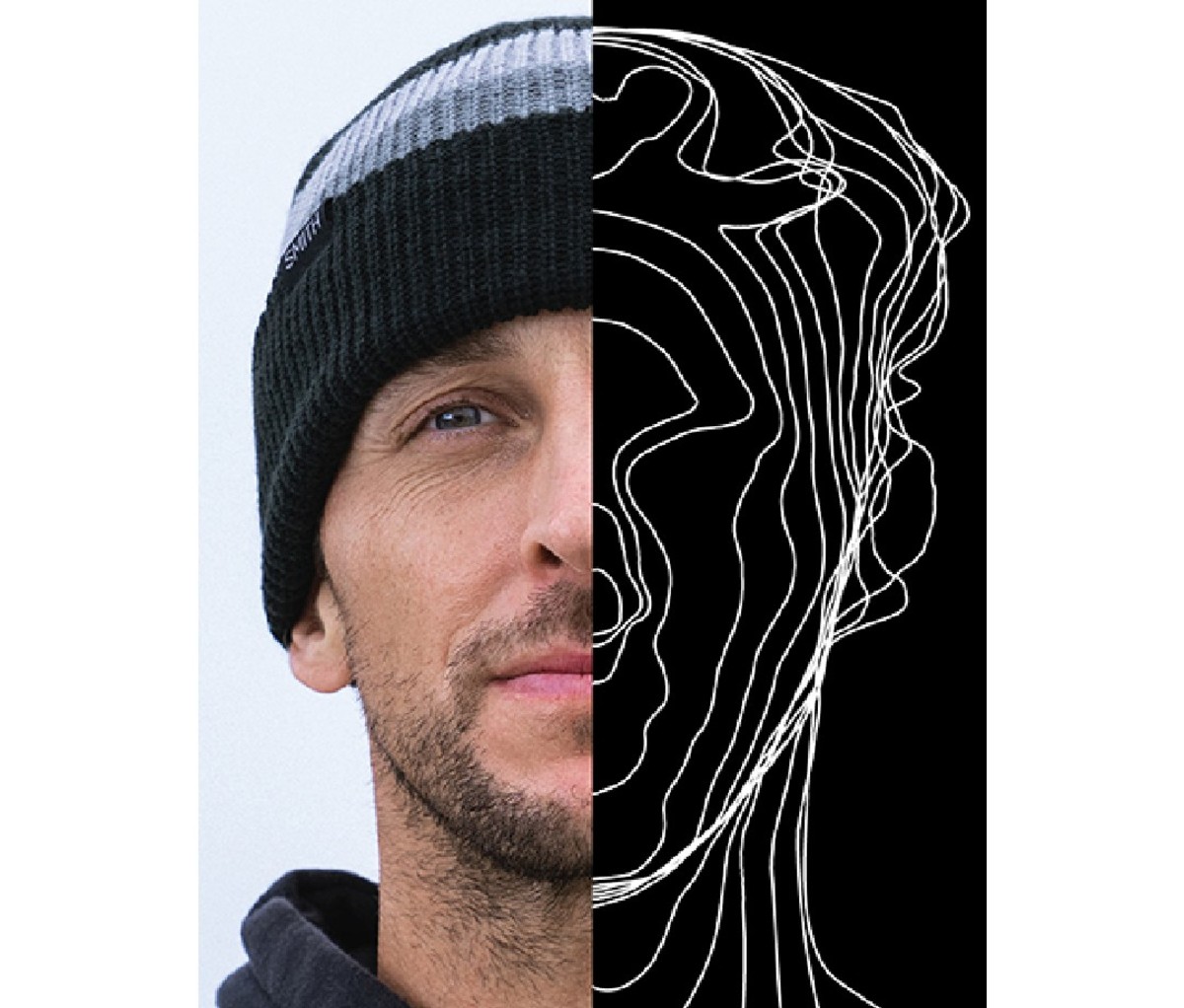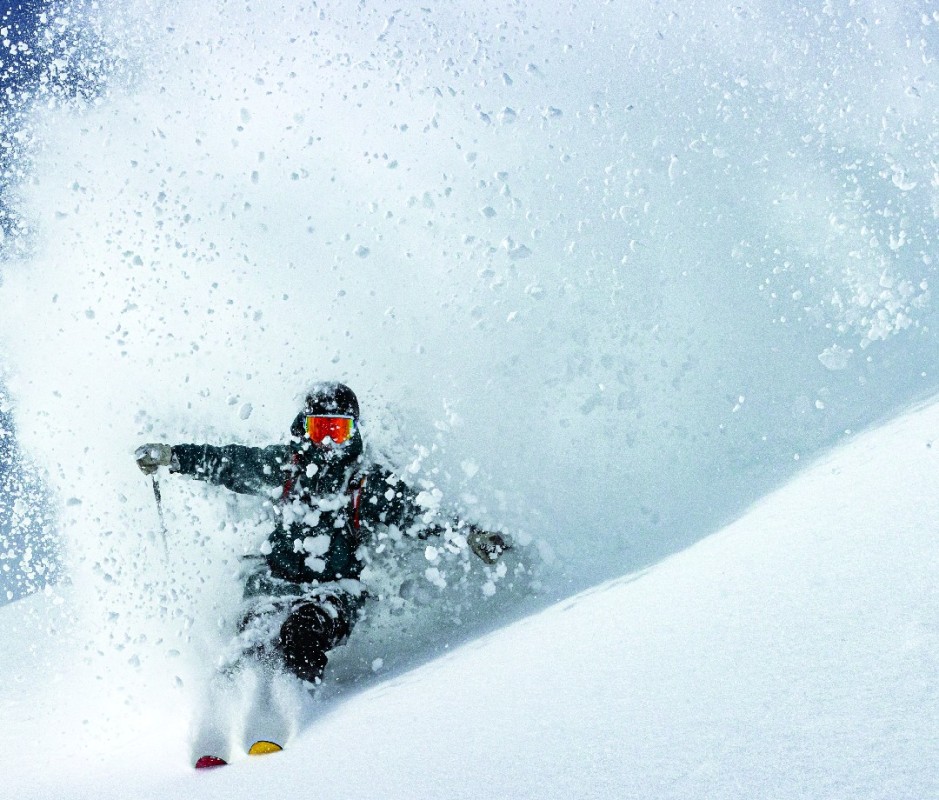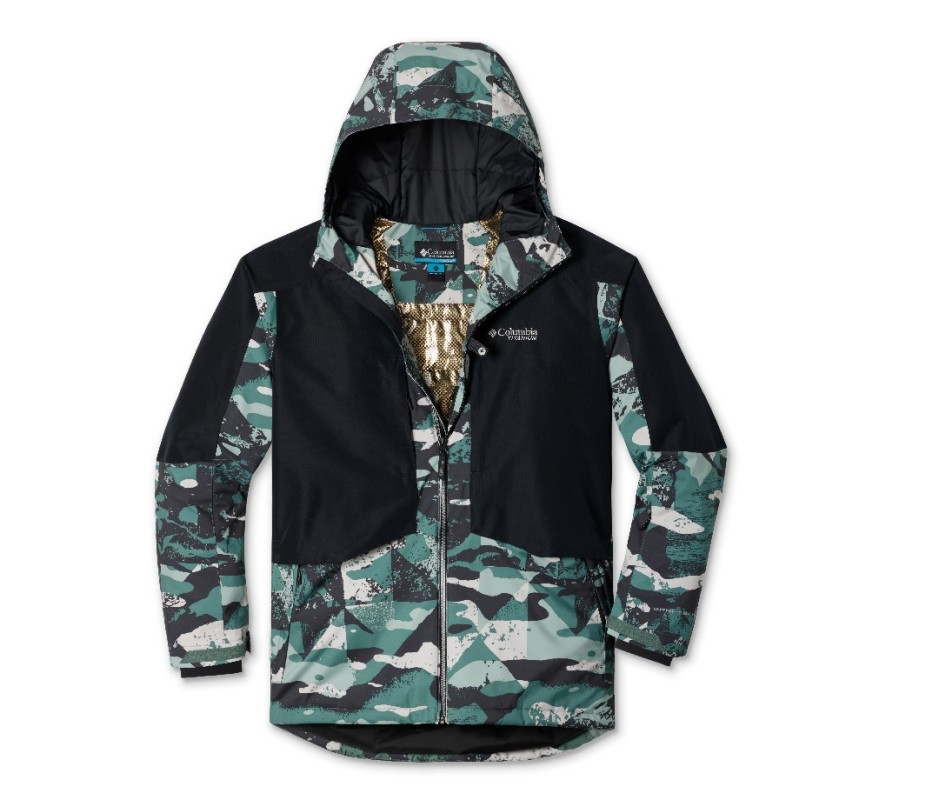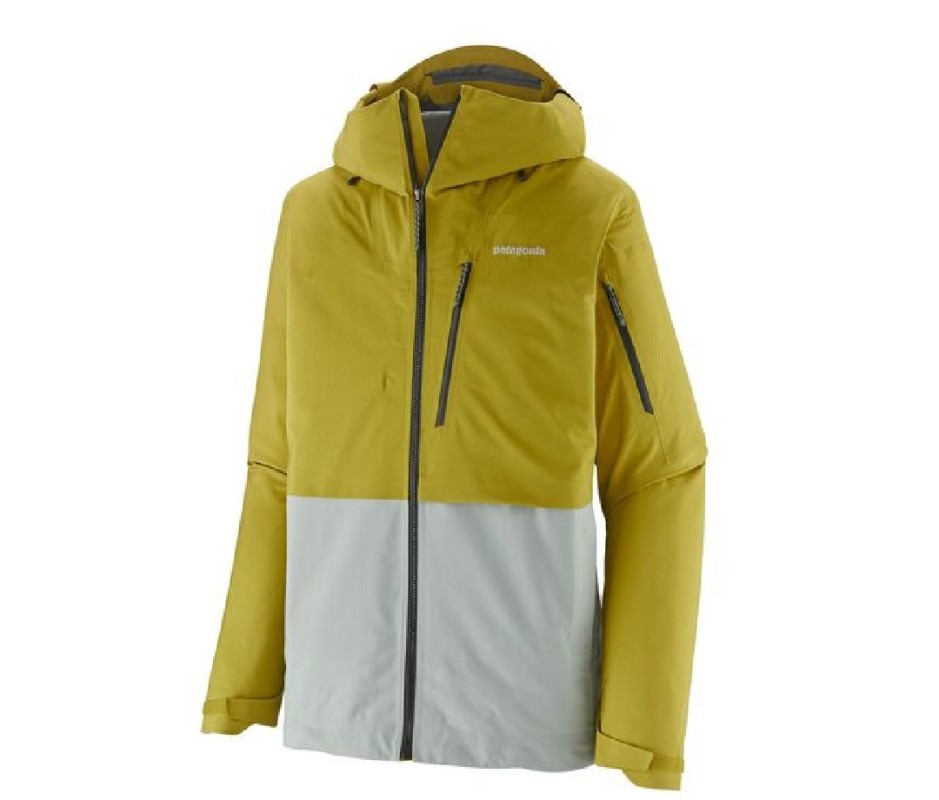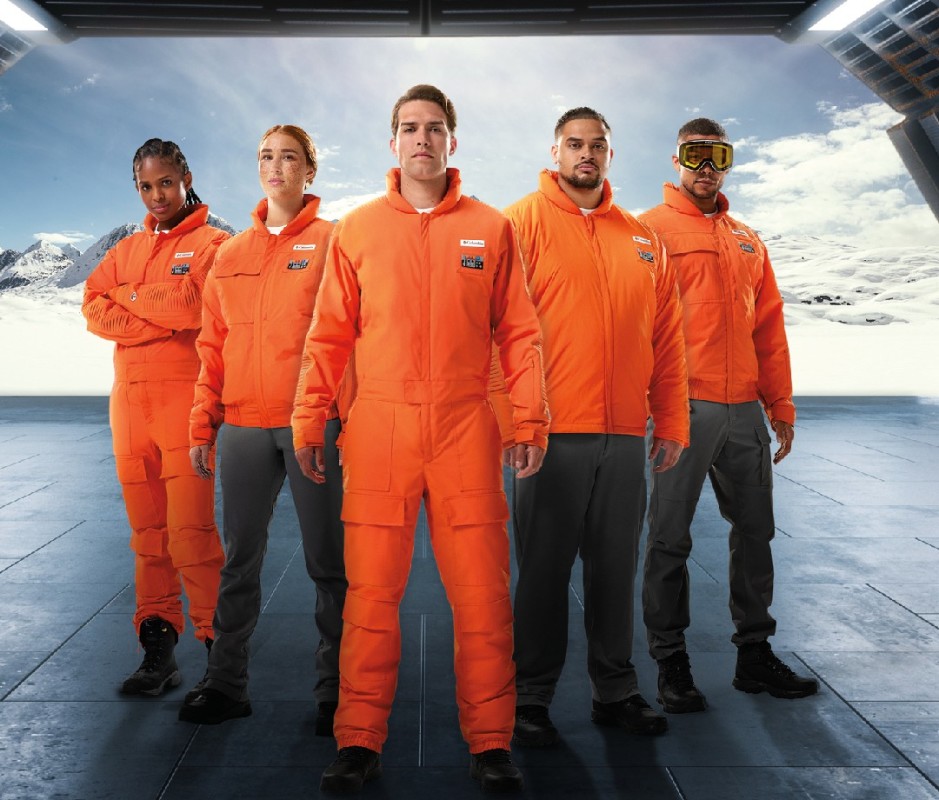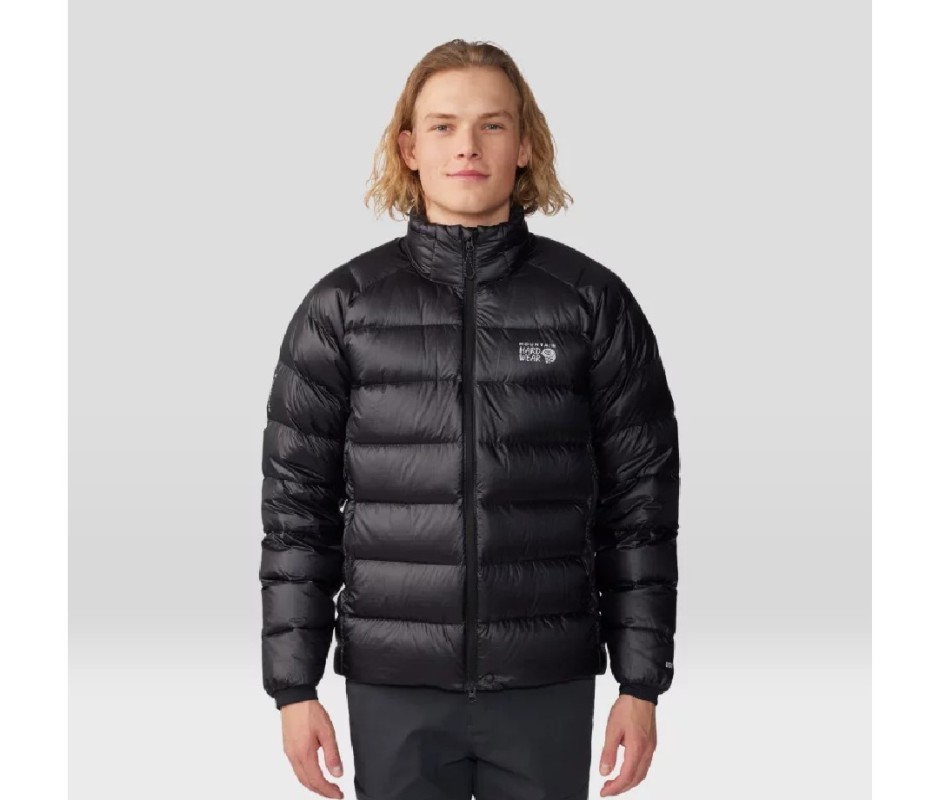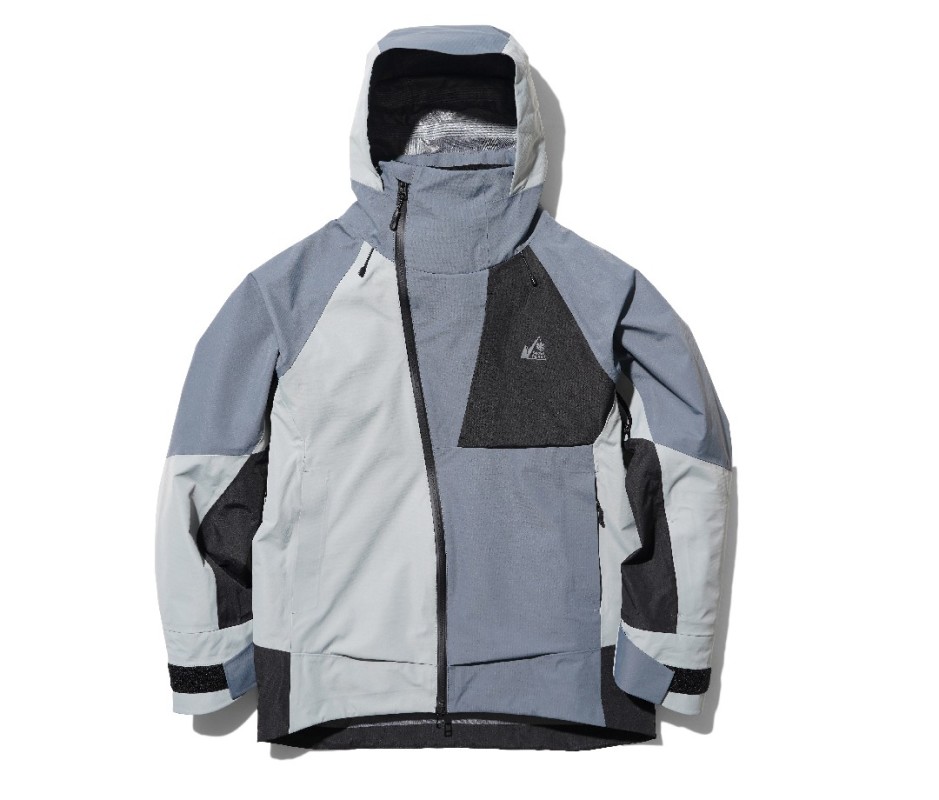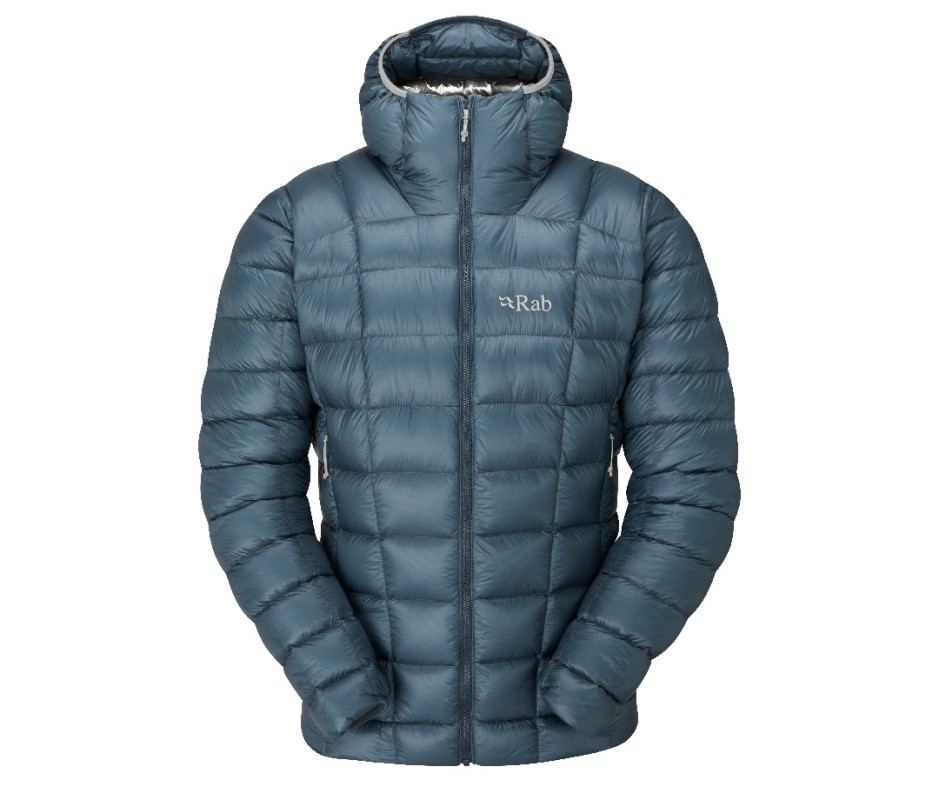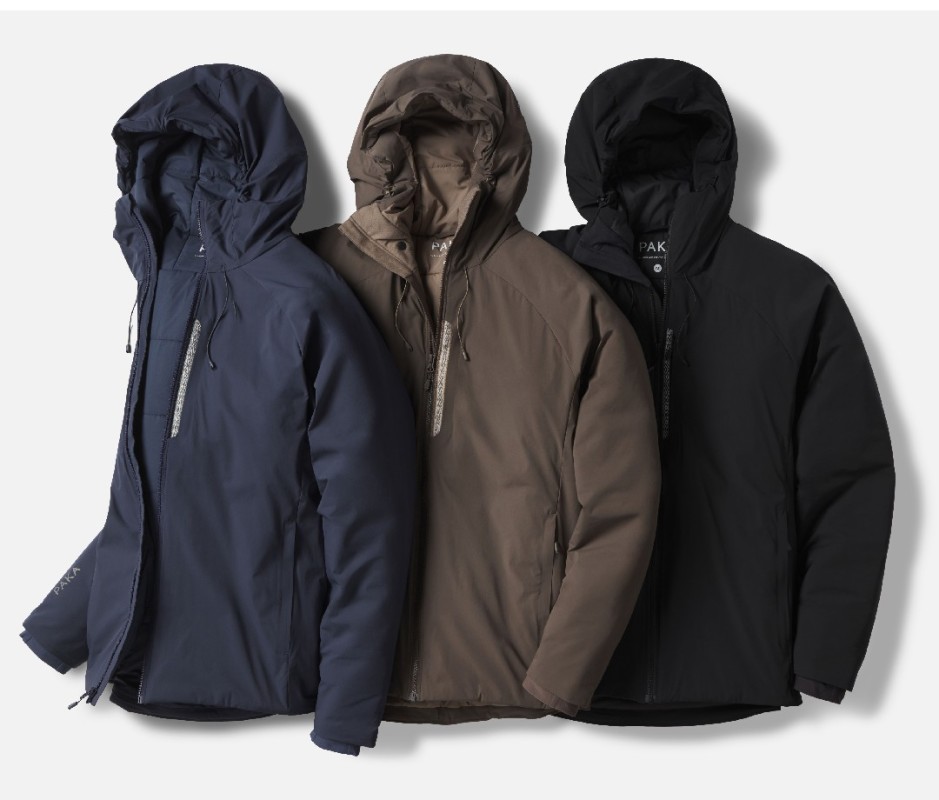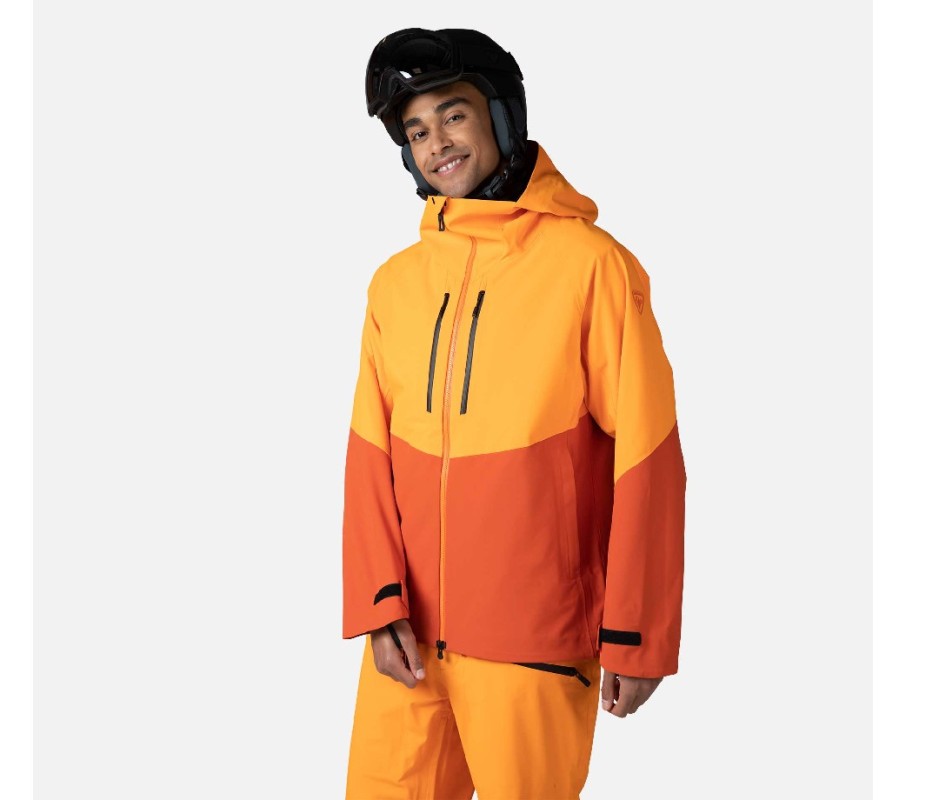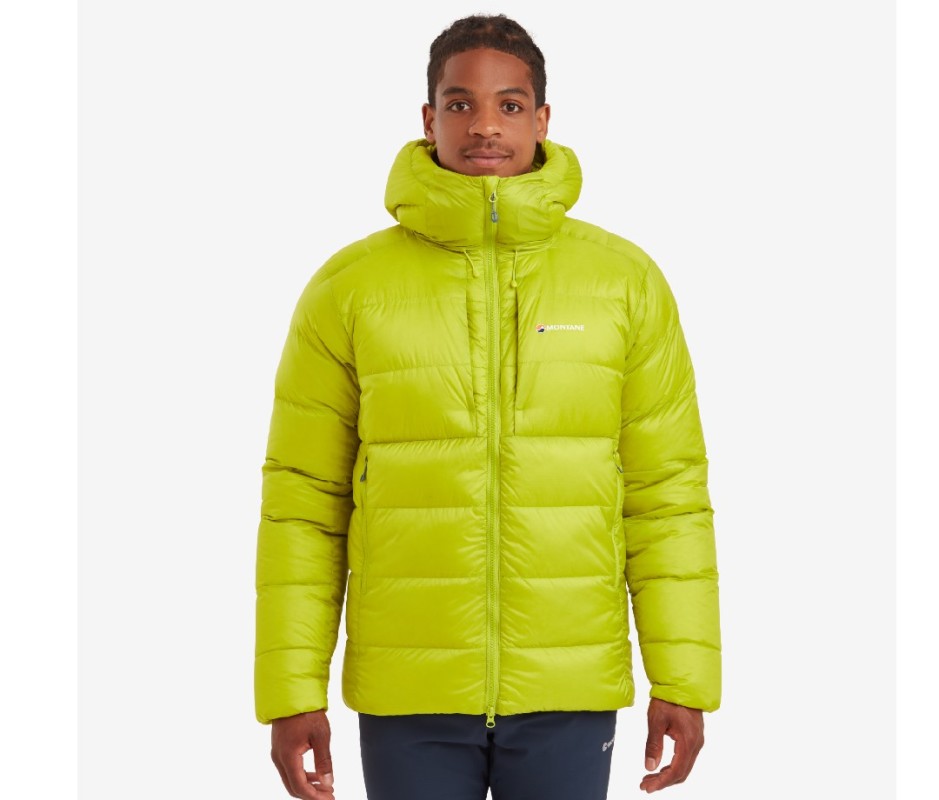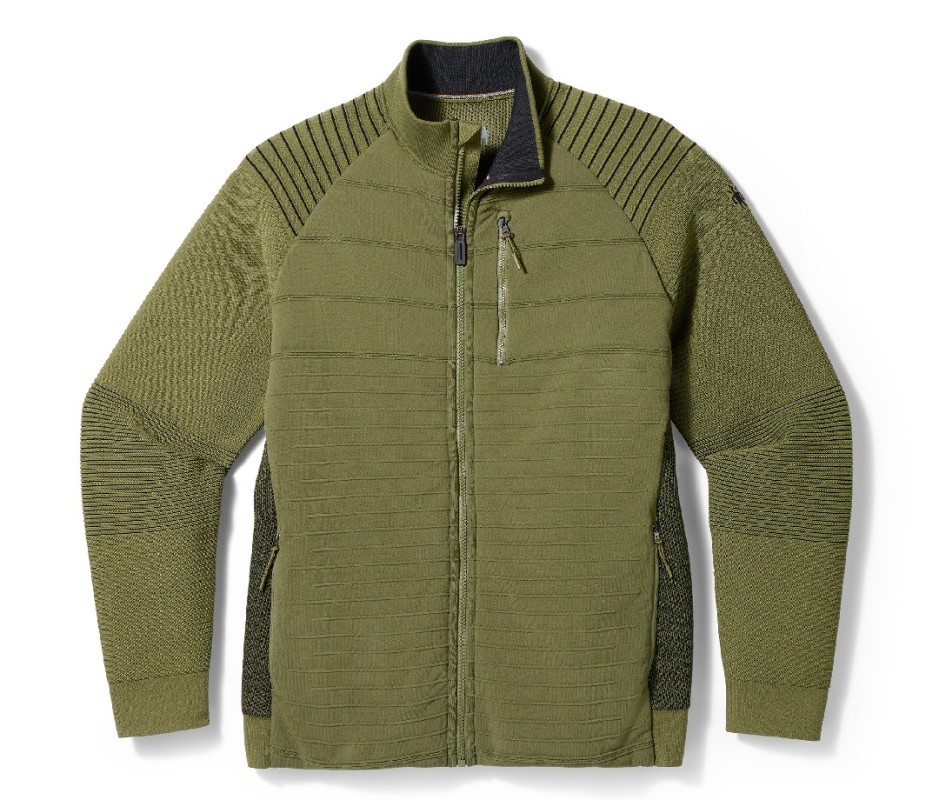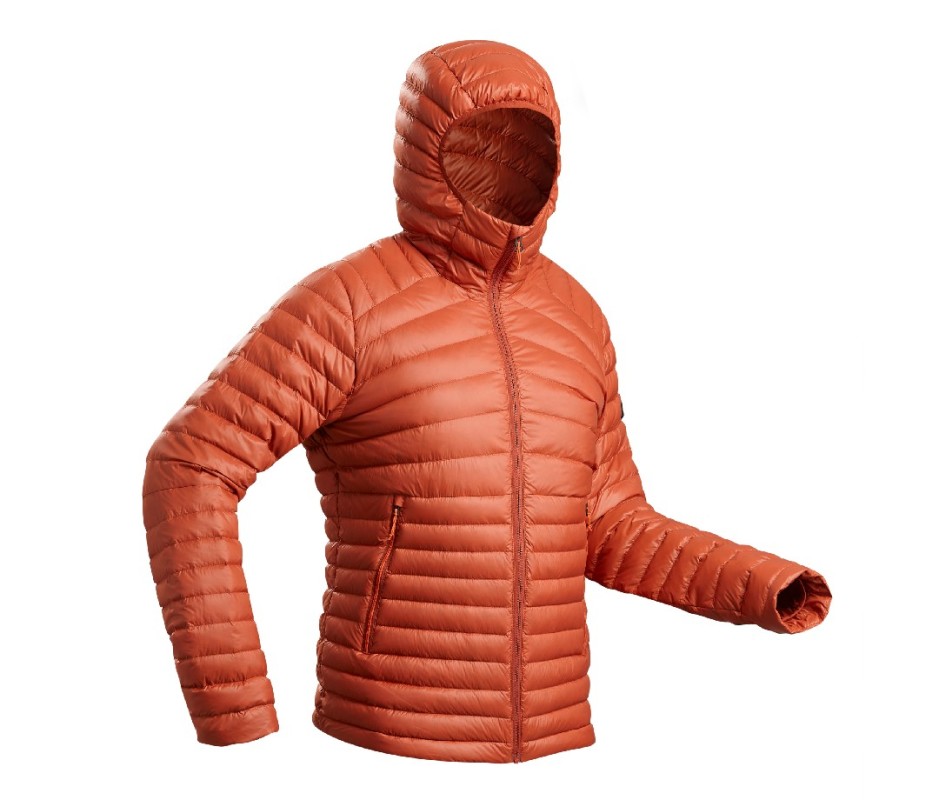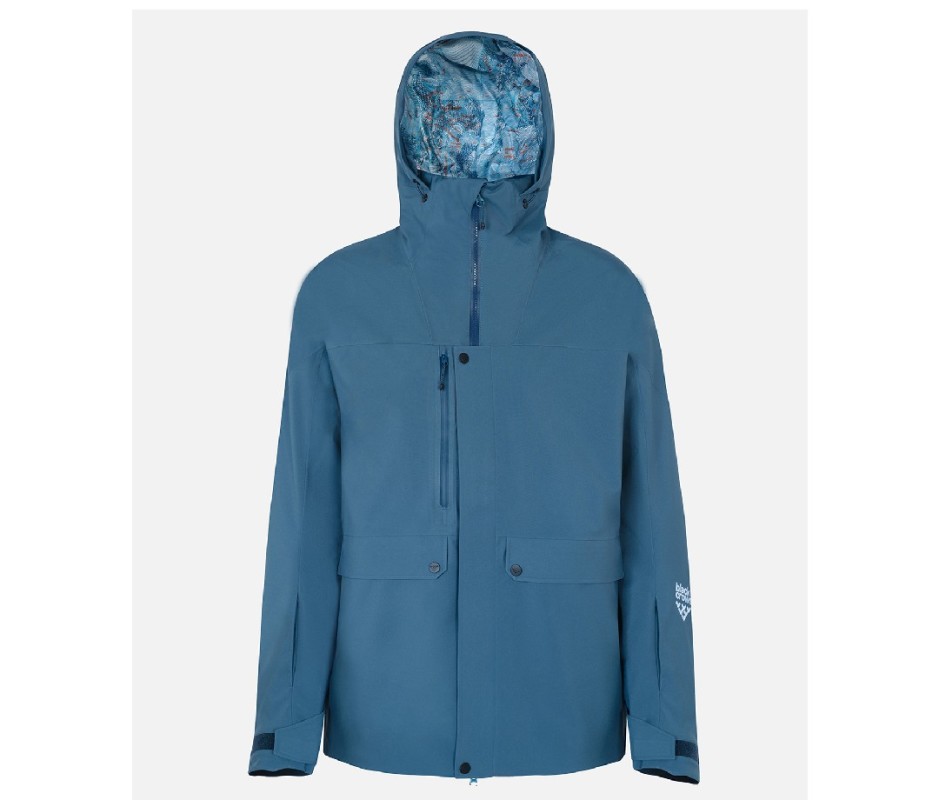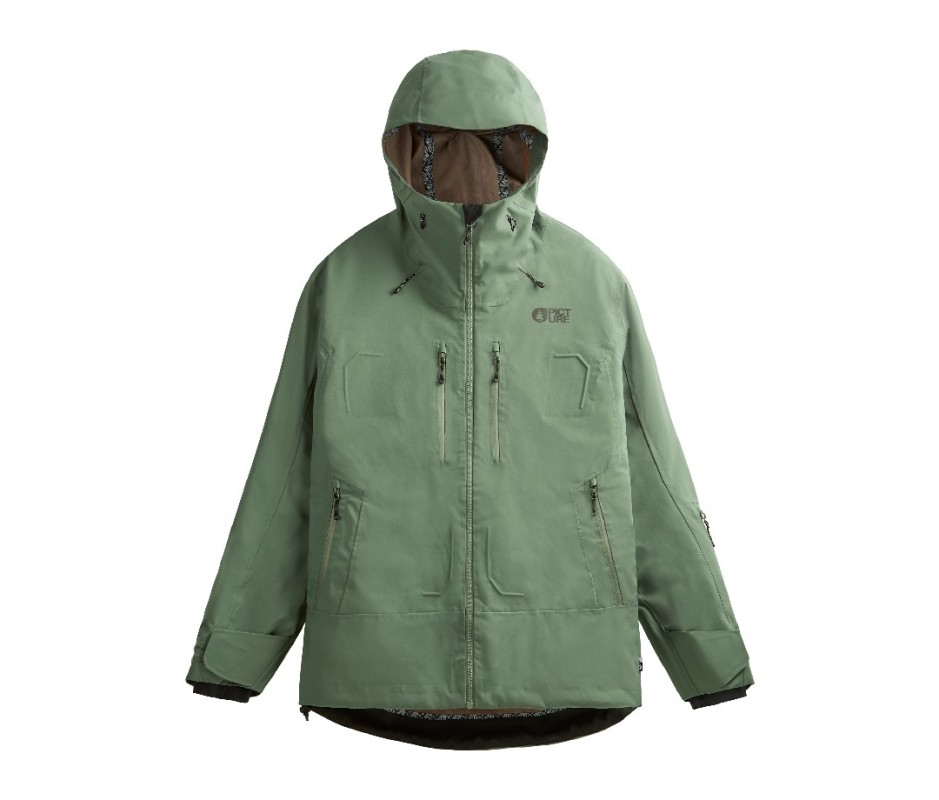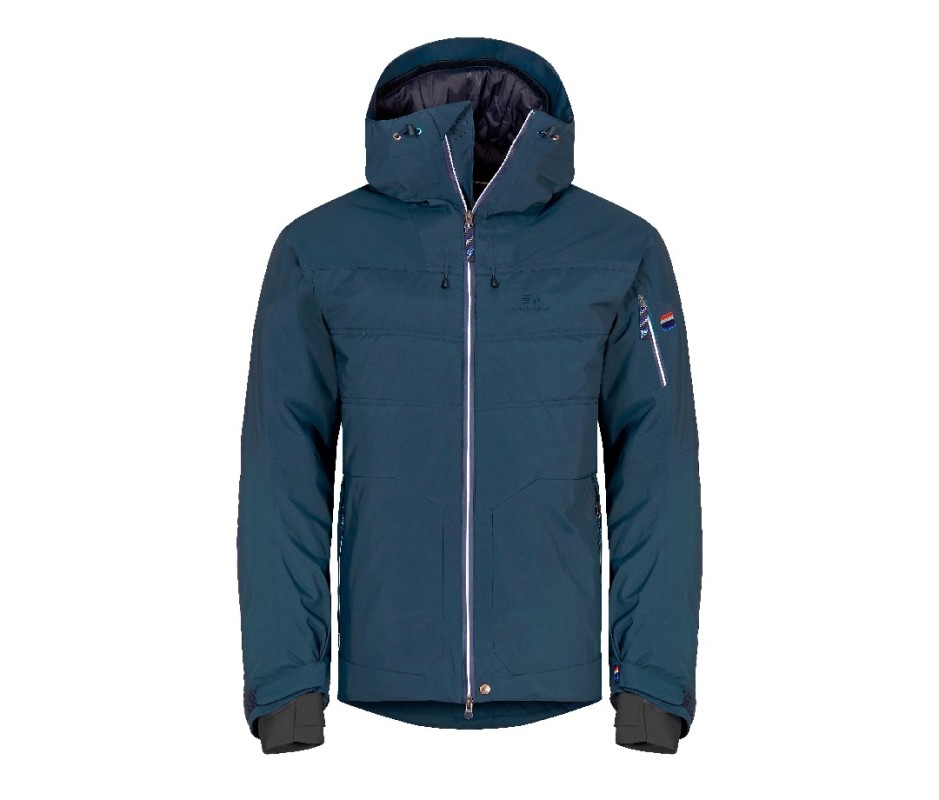When it comes to outfitting yourself with the best ski and snowboard gear, the good news is that this stuff just keeps getting sturdier, lighter, safer, warmer, comfier, cooler-looking, and more technically advanced and brilliantly designed than ever. The better news is that we’re here to help you through this thickening maze—and pick your perfect ski kit from head to toe without feeling totally overwhelmed. Whether you’ll be practicing your turns on the blues or dropping into Corbet’s Couloir, the finest ski gear within your budget is always a wise investment. It can turn those fierce elements—wind, snow, cold, and everything in between—into your friends (or at least not merciless foes). When ski gear is performing at its peak and doing its promised job, a zen tranquility takes over, letting you focus on what you’re now perfectly suited for out there: having a total blast.
Related: Powder Paradise: Snowcat Skiing at Colorado’s Purgatory Resort
The best ski and snowboard gear simply equals a better day of skiing or riding. It’s not exactly science, but if you look good, you’ll feel good. And if you feel good, chances are you’ll ski or ride with more confidence. Warm feet, a well-fitting jacket and pants, and the right goggles and helmet make for better (and safer) runs—and will encourage you to get out more. More skiing or snowboarding means improved technique, increased fitness, self-assurance, and a mindset where you’re not just looking the part but feeling it too.
Here we bring you the best ski and snowboard apparel and gear for 2024. Over 80 items comprise our biggest ski kit blitz yet. In addition to the best skis of 2024, these top performers in all categories will cover you from head to toe out there. They include our favorite new skis and boots, jackets and pants, helmets, goggles, shades, gloves, and ski packs. It’s the whole package. Each item has been evaluated by ski gearheads who are obsessed with testing out the newest, game-changing releases every season. Select some new pieces, or get the whole ski setup.
Our Testing Process: Why You Should Trust Us
With thousands of pieces of ski and snowboard apparel and gear to sift through, our team of nine testers knows how to do their homework. Collectively, we’ll rack up more than 1,000 on-snow days in a given season just testing out gear to see if it lives up to its promise. Most of us have been testing apparel and gear for over 20 ski seasons. We’ve skied New England and Eastern Canadian hardpack, Whistler powder, Pacific Northwest cement, and everything in between, including months in the French, Italian, and Swiss Alps. Our testers have visited more than two dozen ski resorts in every condition imaginable, and skied plenty of peaks, steep slopes, and couloirs.
We’ve worked hard to include a blend of newer brands with tried-and-true favorites. We’ve curated the best pieces, with an eye on what people actually want to wear. This season, we’ve seen a focus on sustainability and recycled fabrics. We considered fit, performance, and durability. We know that ski and snowboard apparel isn’t cheap—and that prices have definitely been impacted by inflation, so the gear we picked for Best of 2024 is built to last.
Men’s Journal aims to feature only the best products and services. If you buy something via one of our links, we may earn a commission.
Best Skis of 2024
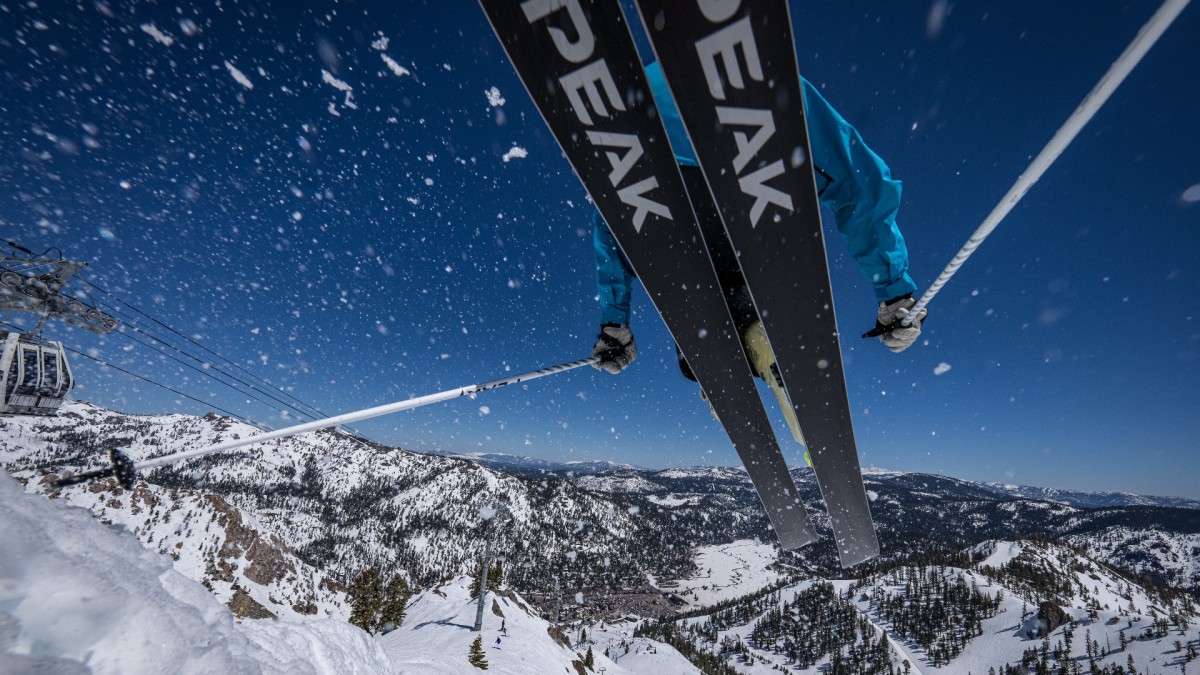
Jeff Engerbretson
From groomers to glades to the best powder runs of your life, it’s truly amazing what a difference the right pair of skis can make. Singling out our favorite dozen of them was a ridiculously fun job. Our pick for the best overall ski is the mightyfor its incredible performance in all conditions.
Best Ski Boots of 2024
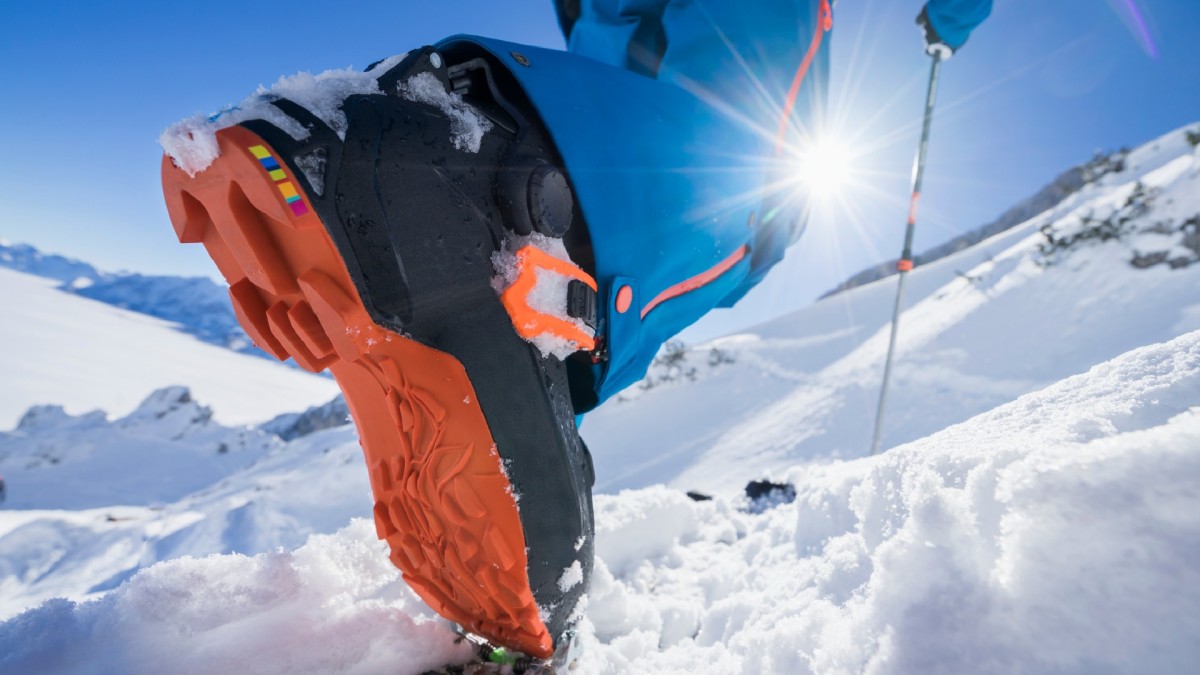
Cavan Images/Robert Niedring/Getty Images
Ski boots have trod a long way from those stiff, ugly clompers that left your feet feeling cold, squeezed, and glum. The following eight best boots of the year are marvels of new ski boot tech—with the groundbreaking Fischer Sports RC4 130 MV BOA taking our number one slot.
Best Ski and Snowboard Jackets of 2024
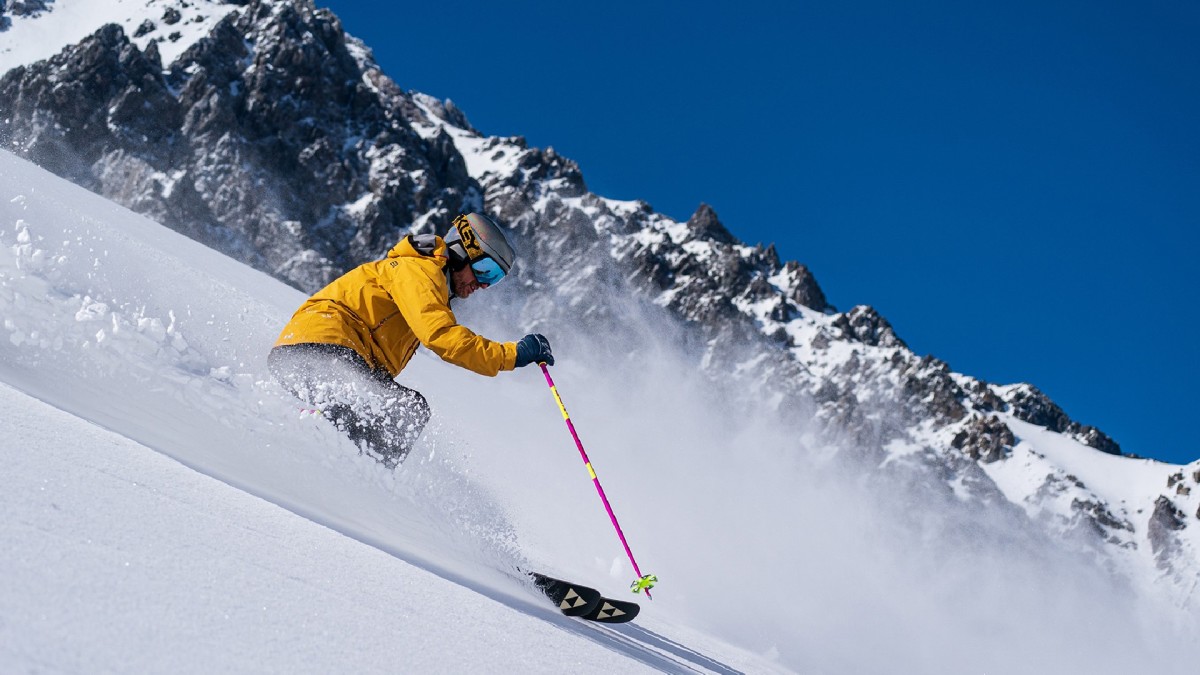
Liam Doran
Superior fit, function, fabric, and features all factor into our lineup of the year’s best ski and snowboard jackets that will see you through bluebird days, blizzards, and everything in between. Our favorite of all is the, which we’d take anywhere.
Best Ski Pants and Bibs of 2024
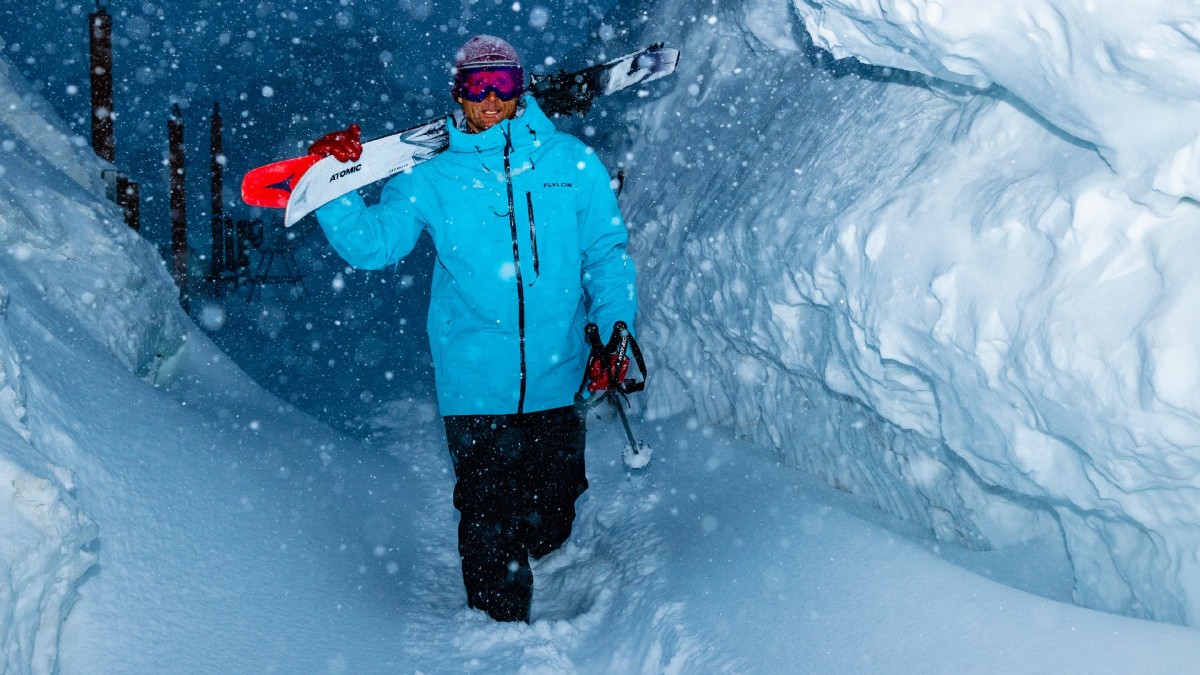
Grant Gunderson/Flylow Gear
Keep your lower half happy by investing in a pair of ski pants or bibs which sport all of those evolved features—adjustable waist, reinforced boot cuff, articulated knee, full length zipper—that your legs will love. You won’t find a comfier, more durable, and better looking pair than the , our number one pick in the inspired ski pants department.
Best Ski and Snowboard Gloves of 2024
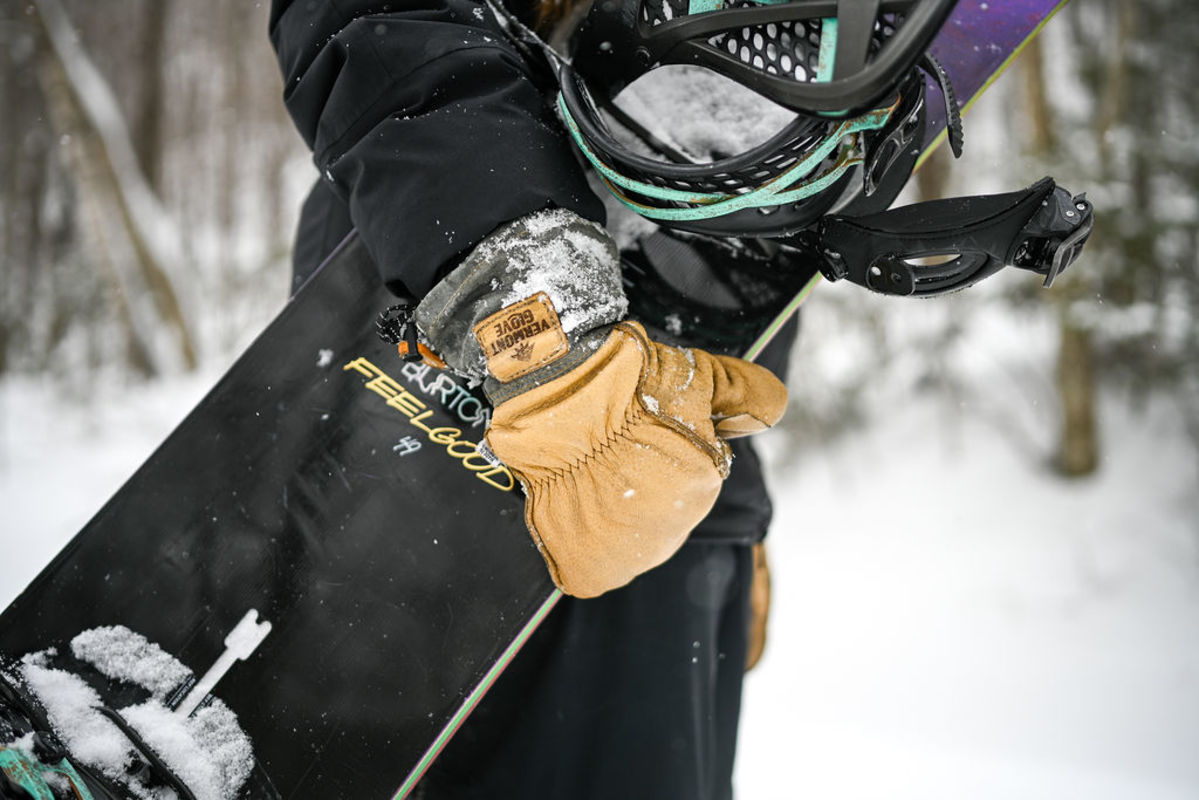
Courtesy image
Frigid fingers were once just a hard fact of life on the slopes. The following eight pairs of outstanding new ski gloves, mittens, and three-finger hybrids make for far happier hands these days—especially inside the Hestra Wakayama Glove, our top pick for durability, performance, cool retro look, and reliable warmth.
Best Ski Goggles and Sunglasses of 2024
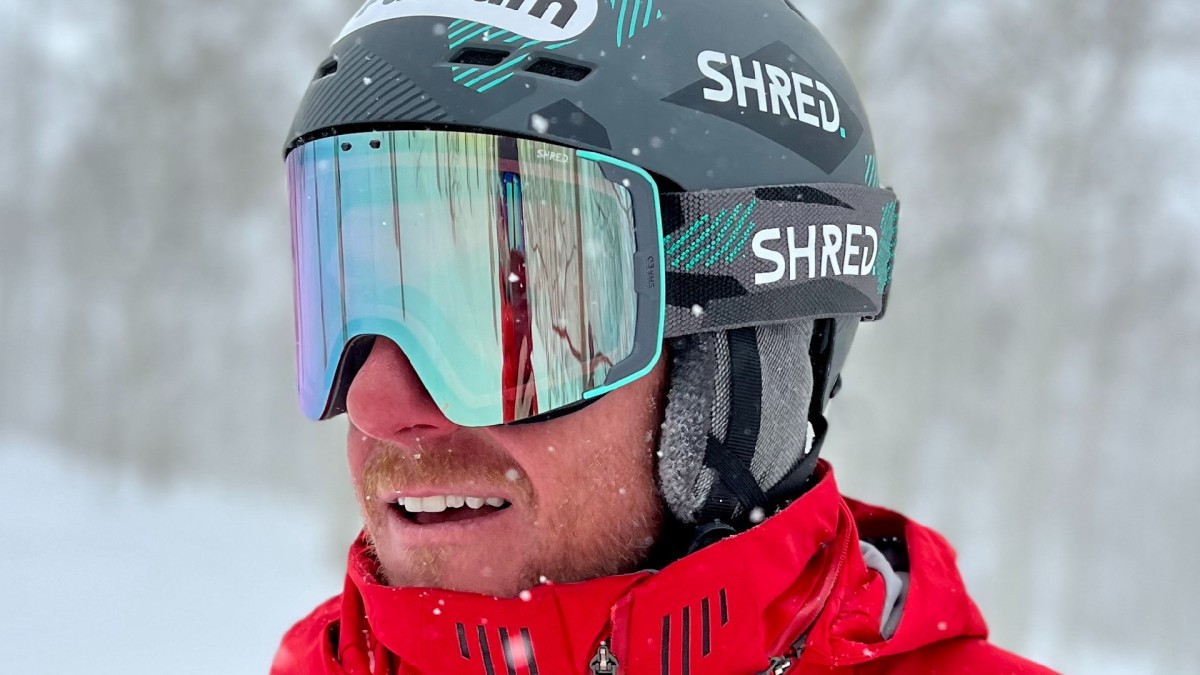
Courtesy image
This year’s top ski goggles and sunglasses fuse cutting edge performance with style and conveniences, like interchangeable or adaptable lenses and fog-fighting hinge systems activated by the nudge of a glove. The POC Vitrea leads the way as the top goggle of 2024, and for shades the honor goes to Vuarnet’s sunglasses.
Best Ski and Snowboard Helmets of 2024
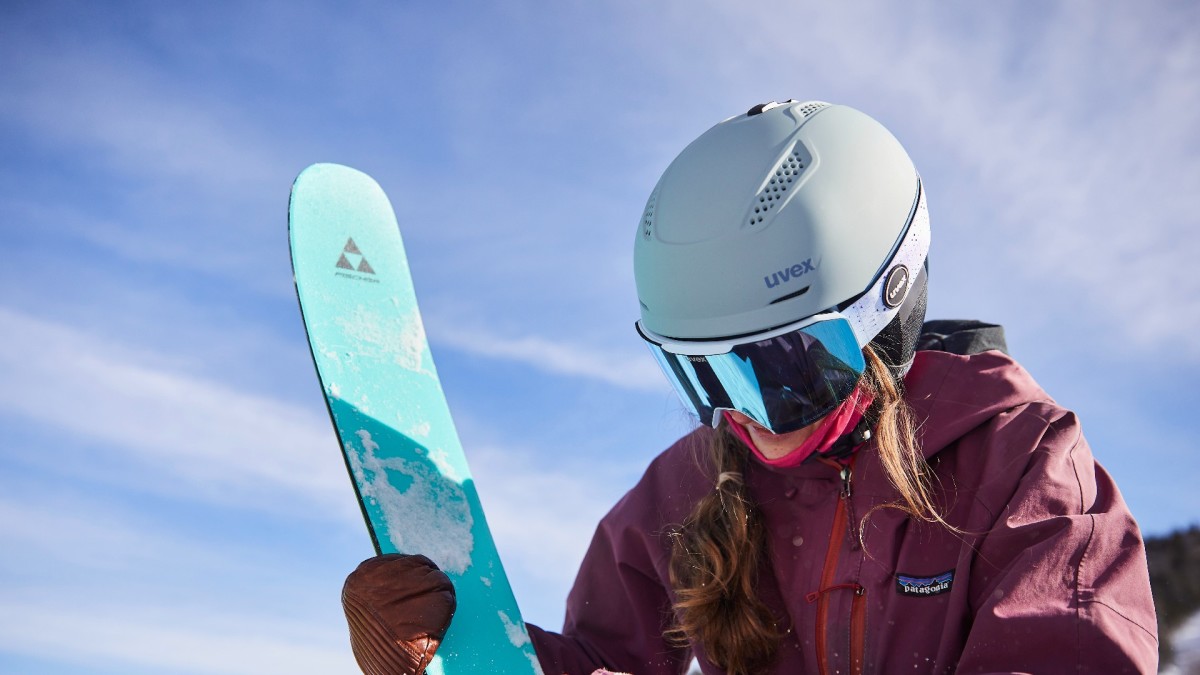
Courtesy image
Now that helmets are standard on the slopes, it’s worth investing in the most trustworthy and comfortable noggin protection out there. Here they are—topped by our very favorite, Shred’s Notion No Shock Helmet, which is cool looking, functional (with an innovative venting system), and about as comfy as a helmet can get.
Best Ski and Snowboard Packs of 2024
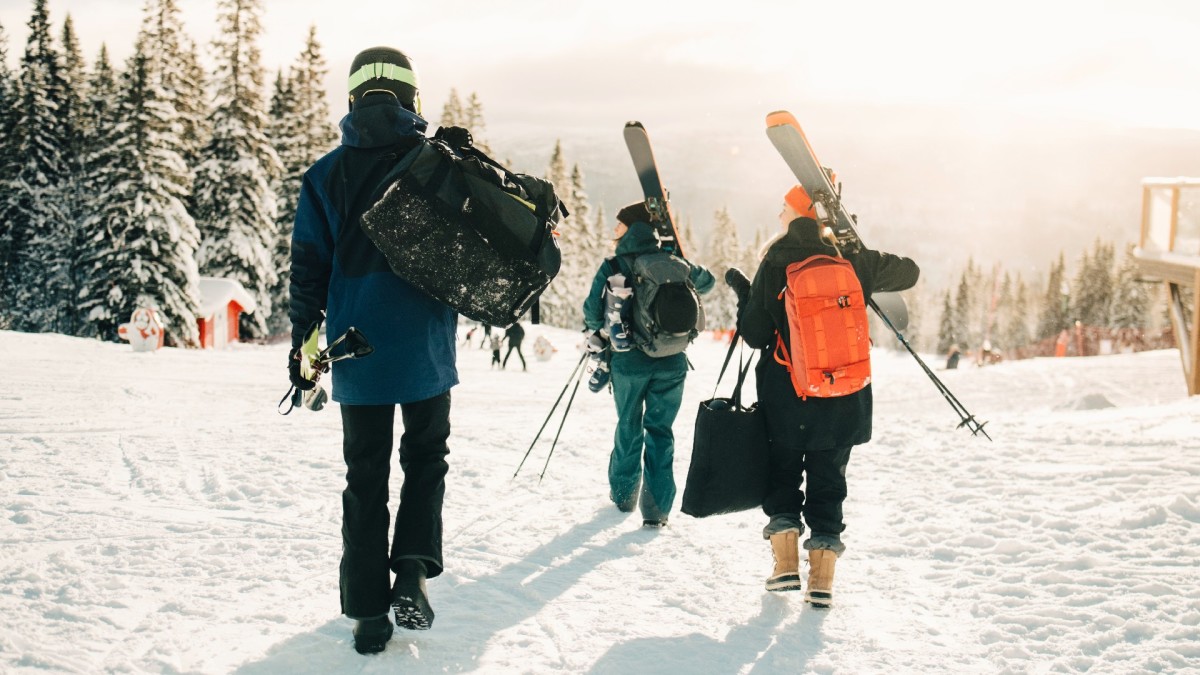
Maskot/Getty Images
A ski pack might look like a regular bag, but it’s shouldering a much bigger job up there. The best of them are light, sturdy, water resistant, and thoughtfully engineered to haul everything from snacks, shades, and extra layers to water bladders, shovels, transceivers, and skis—all in a compressible, organized, back-hugging bag you’ll forget you’re wearing. Our top pick for 2024 is the Patagonia SnowDrifter 20L, which served us brilliantly from the front slopes to the backcountry.
How to Layer for the Slopes
The ideal outfit for skiing or snowboarding starts from next-to-skin and works out. You’ll want a wool or synthetic base layer (aka long underwear). Base layers should have a fairly sleek fit, as you don’t want air between them and your body. However, if you wear your “longhandles” as a standalone layer for post-ski drinks and dinner, think about moving up a size. The midlayer you select for the day is determined by temperature and activity. Midlayers should be versatile; think vests, light sweaters, and weightless down puffys. Think of your outer layer as your ski uniform. This hardshell (waterproof/breathable nylon or polyester material) is your first line of defense against the elements.

Liam Doran
Color: How to Use the Right Shade and Look
Color is safety in the mountains—and style-wise it’s making a comeback. Even if you lean black, brown, white, or beige in your personal color preference, know that a pop of brightness in your jacket, pants, helmet, or goggles helps you express your sense of fashion freedom, and individuality—and makes you safer.
Consider a bright jacket, add a neon helmet, vibrant mittens, or a splashy neck gaiter to stick out—in a good way. Ski apparel shouldn’t be camouflage, causing you to blend in with snow, rock, cliff bands, and trees. Ideally, you won’t end up in a tree well, snowdrift, or crevasse, but bright apparel does help your friends keep track of you in the lift line and on the slopes. Those same rules apply if you’re deep in the backcountry, where visibility makes all the difference in a rescue scenario. Finally, with color, you’ll look better in photos.
You need to wear to believe. Behind the following links are the best new pieces of ski gear for 2024—all must-have essentials for any skier’s wardrobe this year.
